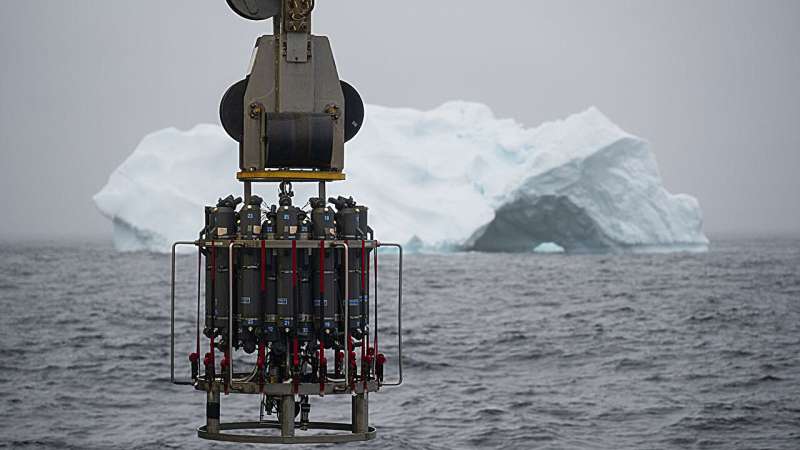Have you ever wondered how the ocean’s currents affect our climate? A recent expedition to Greenland has uncovered some fascinating insights into the role of its unique glacial troughs in ocean circulation. Join us as we explore this heartwarming tale of discovery aboard the R/V Neil Armstrong, where scientists took a deep dive into our planet’s warming waters.

At the heart of this adventure lies the Atlantic Meridional Overturning Circulation (AMOC), a vital ocean conveyor belt that warms the Arctic while returning cold water to the tropics. Situated off Greenland, nearshore areas like glacial troughs play an essential role in this process, redistributing heat and nutrients across the globe.
These troughs, formed from glaciers carving deep grooves into the coastline, are not just remarkable geological features—they may also hold the key to understanding how warm and cold waters mix in the ocean. While researchers in Antarctica have studied the impact of similar troughs there, Greenland’s formations have been relatively understudied.
During a warm summer in 2022, a group of dedicated scientists set sail aboard the R/V Neil Armstrong. As part of the Overturning in the Subpolar North Atlantic Program cruise, they focused on the Narsaq Trough, a genuine wonder of nature that stretches 30 kilometers wide and plunges 600 meters deep—four times deeper than the average surrounding continental shelf!
Utilizing advanced technology and carefully planned ship tracks, the team gathered essential data that shed light on different water masses within and outside of the trough. Their aim? To describe the unique flows of water and assess the mixing of varied temperatures and nutrient levels.
One of their exciting findings was the discovery of subsurface circulation that transports modified water away from the trough. This phenomenon may contribute to increased layering of ocean waters, affecting deepwater formation off the continental shelf, which in turn could influence global climate patterns.
The researchers hope that this study will illuminate the often-overlooked role of Greenland’s glacial troughs in moderating the climate system. While they’ve made significant progress, they acknowledge that further research is needed to fully understand the cumulative impacts these troughs have on ocean circulation worldwide.
As we learn more about the intricate connections between these cold waters and our climate, we can feel a sense of hope and wonder about the natural world. Discoveries like these remind us of the ongoing adventure of science and exploration, and the role each of us plays in protecting our precious planet.
If you would like to see similar science posts like this, click here & share this article with your friends!

